Still Celebrating: More to Mondriaan
A little - and slightly unnecessary - update: The Netherlands is celebrating the 100th anniversary of the innovative Stijl-movement this year, largely focussed on Mondriaan (1872 - 1944). We still have half a year of ‘celebrations’ left, but as we have seen, the Dutch are starting to grow a little tired of the bright reds, yellows and blues screaming at their faces and dominating their street corners, window shops, public buildings and even fast food packaging.
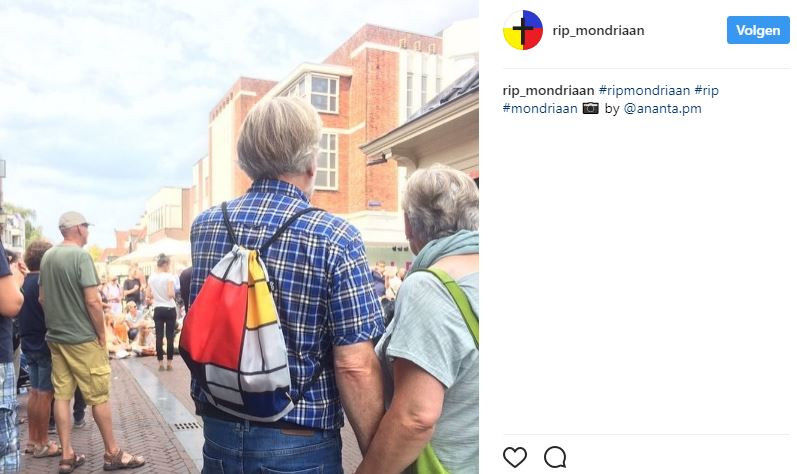
Carrying Mondriaan in our hearts AND on our backs <3 Credits: @RIP_Mondriaan on Instagram
This is no surprise, as such commemorations completely surpass the principle on which De Stijl was founded; radical innovation through simplicity and abstraction. It has come to the point of distaste; completely blurring the lines between art and commercialism. Lovers of satire should definitely check out this Instagram-account, @RIP_Mondriaan: you'll be sure to have a good laugh.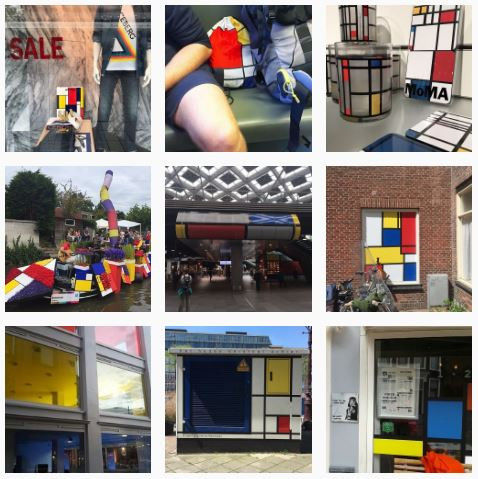
@RIP_Mondriaan captures the public's irritation with the repetitive imagery, with an account that ironically reinforces the iconic image associated with the artist, which is slightly cliché as well.
The art and architecture world received Piet Mondriaan with open arms when he burst onto the scene with his minimalist, geometric paintings. Mondriaan worked according to the ideals of the De Stijl-movement, and as we will see, he was actively involved in this particular philosophy. He also put a lot of effort into the understanding and promotion of his ideas in the field of writing: his series of essays ‘The New Plastic in Painting’ is a fine example of this.
His public persona thus developed into that of an eccentric figure, living as a hermit that was seeking refuge in the utopia of his own art and turning his back on everything contrasting his personal vision.
This outdated image of Pieter (Pronounce it like ‘Peater’ if you want to sound smart) Mondriaan isn’t quite right. Let’s get rid of any prejudices surrounding the artist and his paintings, to understand why Dutch authorities and agencies keep on dedicating so much time and effort to both of them even in 2017.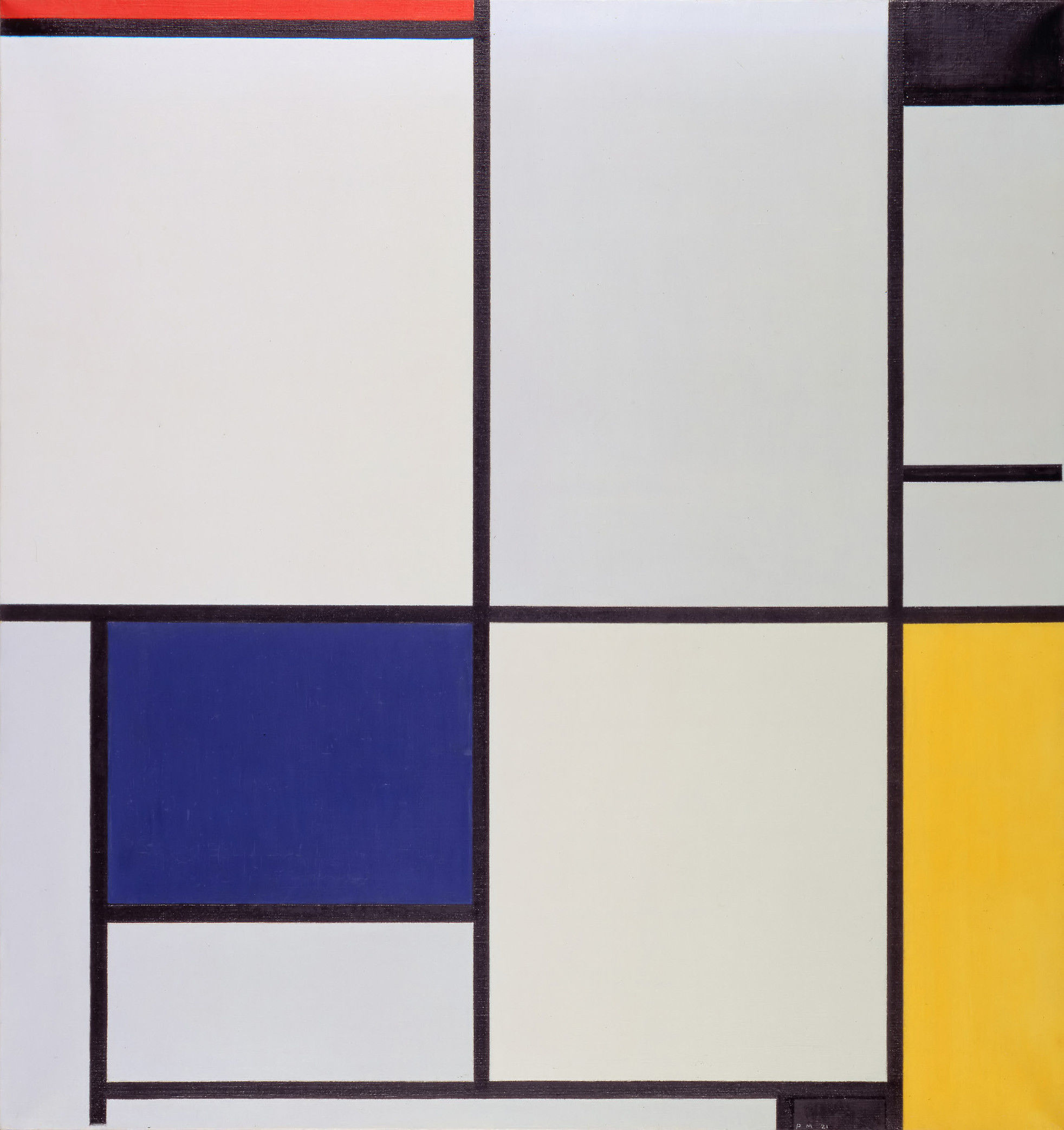
Tableau I, by Piet Mondriaan. The Hague Gemeentemuseum, the Netherlands.
Mondriaan was a talented painter who produced much more than squares and rectangles. But he wasn't always as radical in his artistic practices as the one we’ve gotten used to (see above). In fact, it took him long enough to be able to express himself in this way.
Mondriaan was born some 20 years after Van Gogh, but as the Dutch artistic taste had remained the same, Mondriaan used popular impressionist techniques in his early work, made during his education at the Rijksacademie van Beeldende Kunsten in Amsterdam. This resulted in figurative depictions in glowing colours, through expressive brushwork. Only after spending time in Paris, Mondriaan began to experiment first with pointillism, inspired by Picasso and Braques and then, finally, Cubism.
So yes: he had to cross both personal and global boundaries to eventually develop his characteristic depictions. And yes, he could in fact paint other things than squares. Take a look at these absolute relics from Mondriaan’s past, available on Gallerease.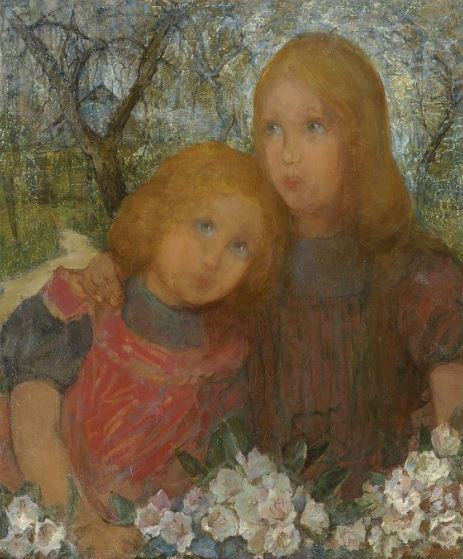
Spring Idyll, by Piet Mondriaan, available at Kunsthandel Studio 2000.
Mondriaan wasn’t a lonely hermit at all. If anything, he was a world class citizen, driven by his personal vision rather than turning to his art in order to escape anything clashing with it. He spent his heyday in Paris after suffering from the First World War, and later moved as far away as possible, to New York.
Always eager to discuss his philosophies with anyone mildly interested, he became actively involved with the Bohemian society, the popular party scene, women, love, and in particular: jazz music. If we’ve captured your interest right there: a new book just came out, with insight into the mysterious life of Mondriaan.
Mondriaan’s paintings aren’t boring. When faced with one of his famed minimalist works, please, don’t be tempted to spit out comments such as ‘my three-year-old daughter can do this’. Although Mondriaan’s most famous works are rather small and flat-looking, the philosophy behind them wasn’t so two-dimensional.
As we have seen, it took Mondriaan some effort on his part to be able to discover his personal style. But the deeper meaning that resonates from these squared-surface paintings is clear from the context in which they arose: The First World War had just ended, and it was a dark time for Holland. A combination of poverty, scarceness of food and an unmanageable stream of Belgian refugees resulted in Chaos with a capital C.
Mondriaan’s personal values grew to oppose this: society had lost its essence, its identity and its values. By focusing on the shallow and minimalistic arrangements of squares, while turning his back on figurative portrayals, Mondriaan actively tried to transcend the society he’d come to loathe, and instead tap into an ideal, invisible, and universal harmony.
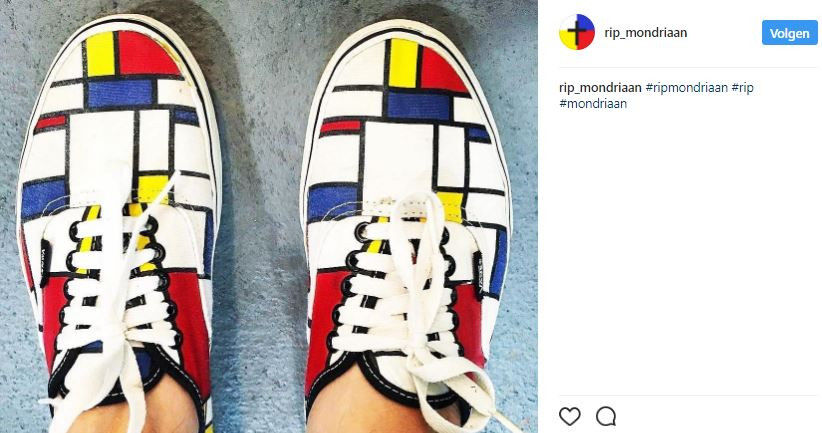
With this in mind, we feel as if everyone should own at least one pair of these beauties...
Mondriaan isn’t synonymous with De Stijl. Mondriaan found solace in the way some artist contemporaries carried around the same philosophy. This was partly the reason the De Stijl movement came into existence, as discussed previously.
The conformed artists definitely gained inspiration from each other’s work, the Stedelijk Museum in Amsterdam is now hosting an exhibition on this very subject. But with this in mind, Mondriaan was as original and innovative as he personally could be. He continued to evolve and elevate himself even within his later works.
It’s true: he even turned his back to the De Stijl-movement after an argument with fellow member Theo van Doesburg (1883 - 1931, see the example below), over whether diagonal lines could be used to express their artistic ideals (as you can imagine, Mondriaan said NO).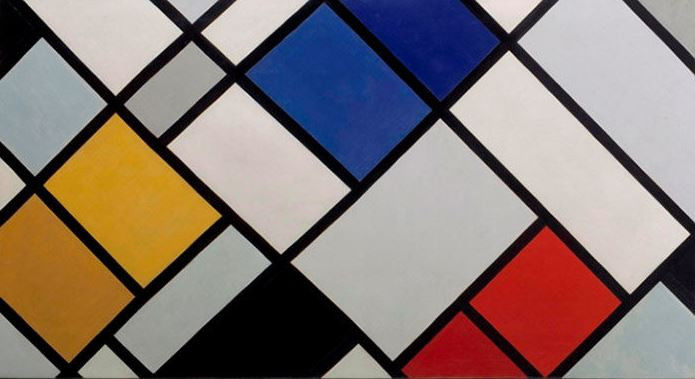
Counter-Composition in Dissoncance 16, by Theo van Doesburg, at the Hague Gemeentemuseum.
So, whether you're a fan of Mondriaan or not, don't let the current Dutch streetview - or anyone's opinion on it - deceive you into making the wrong assumptions. Mondriaan was, and still is, all about equality and universal harmony in society, freedom through art, revolution and renewal. If these values aren't worth celebrating for the remainder of the year, we don't know what is!
Looking for mor fine art, have look at Gallerease!


